For your information
You are being redirected to one of our divisional subsites which contains more detailed information on the required division. To navigate back to the main Invicta Group site, please click the link found in the footer at the bottom of the page.
- Durasteel
Discover the benefits of Durasteel
- Systems
Systems
- Expertise
Expertise
-
Applications
- Aircraft Hangar Fire Protection
- Battery Storage Facilities
- Building Fire Compartmentation
- Anti-Terrorist Blast Protection
- Cable Tunnel Fire Compartmentation
- Equipment Delivery Hatches
- Equipment Enclosures
- Heat Shields
- Power Station Fire Protection
- Metro and Rail Fire Protection
- High Voltage Cable Protection
- Substation Fire & Blast Protection
- Tunnel Fire Protection
- Oil & Gas Fire & Blast Protection
- Ventilation Systems
- Wind Farm Fire Protection
-
Applications
- Projects
- Insights
Insights
-
Articles
- The benefits of passive fire protection for businesses
- What BS 9991 changes mean for building fire safety
- Does the rise in electric vehicle fires pose a risk to buildings?
- What Boeing’s downfall says about safety culture
- Does AI pose a threat to fire safety?
- What we can learn from the Grenfell report
- Frequently Asked Questions
- A to Z of Terms
-
Articles
- Contact
Contact

UK +44 1843 220 256

US +1 305 328 9444

UAE +971 4 277 6225

Qatar +974 4441 4340

India +91 79945 14049

Malaysia +60 16 286 6225
- Start your project
Can more be done to protect disabled people from fires?
16th October 2025
Quick Quote
Contact Fraser Shearer Sarun Vysakham Ben Tan Anand Raghavan Anand Raghavan Our USA Office
To get a quotation or arrange a free site survey - Call Fraser Shearer Sarun Vysakham Ben Tan Anand Raghavan Anand Raghavan Our USA Office on
-
 UK
UK
-
 UAE
UAE
-
 Malaysia
Malaysia
-
 India
India
-
 Qatar
Qatar
-
 USA
USA
Current location:
Quick Quote
Contact Fraser Shearer Sarun Vysakham Ben Tan Anand Raghavan Anand Raghavan Our USA Office
-
 UK
UK
-
 UAE
UAE
-
 Malaysia
Malaysia
-
 India
India
-
 Qatar
Qatar
-
 USA
USA
Current location:
Most businesses and institutions have fairly comprehensive fire protection strategies. Yet an aspect of fire safety that can easily fall through the cracks is provisions for disabled people. When thinking about evacuation plans and how quickly people can escape, the focus is too often still on able-bodied people, with less consideration for how people with disabilities and mobility issues can be safely evacuated too.
While this is far from a new issue, it’s one that continues to be highlighted by campaigners, most recently by a schoolboy in Manchester. Despite this, meaningful change has been slow—-making it imperative that businesses start to take decisive action, and ensure that everyone’s safety is ensured in the event of a fire or similar disaster.
Fire safety laws and disability
In the UK, businesses have a clear legal duty to ensure the safety of all individuals in their buildings, including disabled people. Under the Equality Act 2010, organisations must make ‘reasonable adjustments’ to remove barriers that put disabled people at a disadvantage. This applies to physical access, including features such as access ramps and lifts. Yet what many people may not realise is that access under normal circumstances is not necessarily the same as access in an emergency. Lifts for instance are not usable in a fire emergency unless specifically rated to do so—meaning that access isn’t equal under all circumstances.
The Regulatory Reform (Fire Safety) Order 2005 places responsibility on the ‘Responsible Person’—usually the employer, building owner, or manager—to carry out a thorough fire risk assessment. Importantly, this assessment needs to include plans for evacuating everyone in the building, not just the able-bodied. Organisations can’t just rely on fire and rescue services to evacuate people who the business has not accommodated for. Failing to support safe and timely evacuation for everyone may constitute unlawful discrimination, bringing serious legal consequences as well as putting lives at risk.
Failing to comply with these obligations doesn’t just mean fines or prosecution in the event of a fire. As well as the potential for preemptive action, you could be liable to a discrimination claim. Disabled employees who have not been catered to could well bring a claim under Vento guidelines for injury to feelings arising from discrimination or neglect. The sense that your employer does not care about your wellbeing, and that you could be at severe risk were a fire to occur, could rightly cause mental distress that may lead to thousands in damages.
Lessons from Grenfell
The enquiry into the Grenfell Tower fire only recently concluded, and the findings tragically underscored the severe consequences of failing to accommodate the needs of disabled people. It was ultimately found that, of the 37 disabled residents of the tower, 15 were unable to escape, and tragically lost their lives. Many of these individuals had explicitly informed authorities of their mobility or sensory limitations prior to the fire, yet had been housed in the tower’s upper floors, putting them at risk even under less exceptional conditions than those presented by the cladding fire.
Evidence shows that disabled residents left waiting in high-rise buildings during a fire can remain trapped for 25 to 30 minutes or longer, with this being the average time taken for firefighters to be in a position to help. Yet as evidenced by Grenfell, fires can spread unpredictably and rapidly, meaning that waiting is often not a safe option. While efforts continue to remove cladding similar to that on Grenfell, such a policy cannot be relied upon—and should be seriously questioned under all circumstances for individuals who cannot easily evacuate if it has to be withdrawn.
How businesses and organisations can help
Addressing the issue of fire safety for disabled people begins with developing Personal Emergency Evacuation Plans (PEEPs). These are tailored evacuation strategies designed for individuals who may need additional assistance during emergencies. A well-constructed PEEP considers the person’s specific needs, whether related to mobility, sensory perception, cognitive understanding, or medical devices. Crucially, these plans must be created in collaboration with the individual concerned, ensuring dignity, consent, and practicality are at the heart of the process.
Alongside planning, businesses must invest in the right evacuation equipment. This may include evacuation chairs, which enable safe movement down stairwells for those unable to use stairs, as well as refuge areas that provide temporary safe spaces within fire-resistant compartments. Visual alarms, strobe lighting, vibrating alert systems, and signage that incorporates both audio prompts and tactile or Braille elements are also essential for accommodating people with sensory impairments. Passive fire protection measures, like the installation of robust fire walls, doors, and enclosures, ensure that refuge spaces remain safe long enough for evacuation support to reach those in need.
Training is equally important. Staff must be adequately prepared to assist disabled individuals in an emergency. This involves not only learning how to operate evacuation equipment safely but also understanding how to communicate calmly and effectively with people who may be frightened, confused, or unable to respond to standard alarms. Regular fire drills should include scenarios that simulate the evacuation of disabled people, ensuring that procedures are not just theoretical but practised and familiar.
Organisations must also commit to involving disabled people directly in the design, review, and testing of evacuation plans. Inclusive consultation ensures that the voices of those affected are heard, leading to more effective, respectful, and comprehensive safety measures. It also helps build confidence among disabled staff, residents, and visitors, reassuring them that their safety has been considered with care and attention.
Finally, documentation is critical. Businesses should maintain up-to-date records of who needs a PEEP and ensure these plans are regularly reviewed, especially if circumstances change. Evacuation strategies should be clearly communicated to fire wardens, security staff, and where appropriate, shared with the fire and rescue services to support their operational response. This creates a seamless, cooperative approach to fire safety that leaves no one behind.
The role of passive fire protection
As well as policies, the physical infrastructure of a building also plays a crucial role in enabling safe evacuation for everyone. Passive fire protection systems, such as fire-rated walls, barriers, ceilings, and enclosures, are fundamental to creating safe environments where evacuation plans can be properly executed. By containing fire and smoke, our systems allow more time for evacuation, especially for those who require assistance.
Fire-resistant refuge areas are one example of how passive protection supports more inclusive fire safety. These spaces must be designed to remain intact during a fire, providing disabled individuals with a temporary safe haven while they await assistance. Our Durasteel systems offer the robustness and fire resistance required to create these secure zones, integrating seamlessly with communication and monitoring technology.
As the built environment evolves, it’s also vital that safety measures evolve with it. By incorporating passive fire protection into the initial design or refurbishment of a building, businesses can ensure they are not just meeting minimum legal requirements but building spaces that prioritise the safety of all occupants from the outset.
–
Ultimately, this is as much of a moral obligation as it is a compliance issue. Whatever someone’s physical or cognitive abilities, everyone deserves to feel safe in their workplace, home, or public space. Fire safety procedures that ignore or sideline the needs of disabled people are dangerous, but they also reflect a fundamental injustice in how health & safety more generally often neglects the needs of the people who need it most.
At Invicta Durasteel, we’re committed to helping organisations build safer, more resilient spaces where no one is left behind in the event of a fire. If you’d like to discuss how Invicta Durasteel can support your organisation’s fire safety planning, contact our team today, and let us work together to find the ideal fire protection solution for your business.
Accreditations & Affiliations
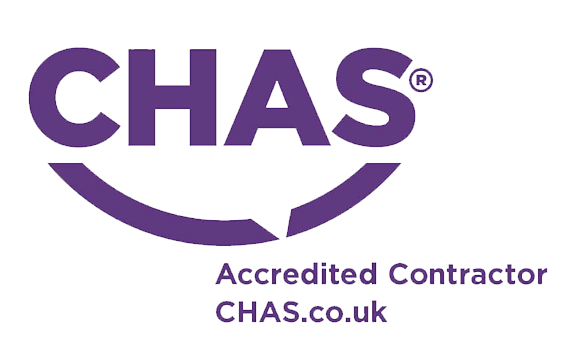
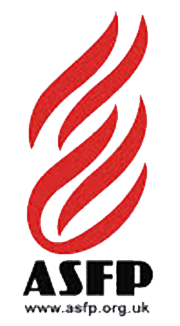
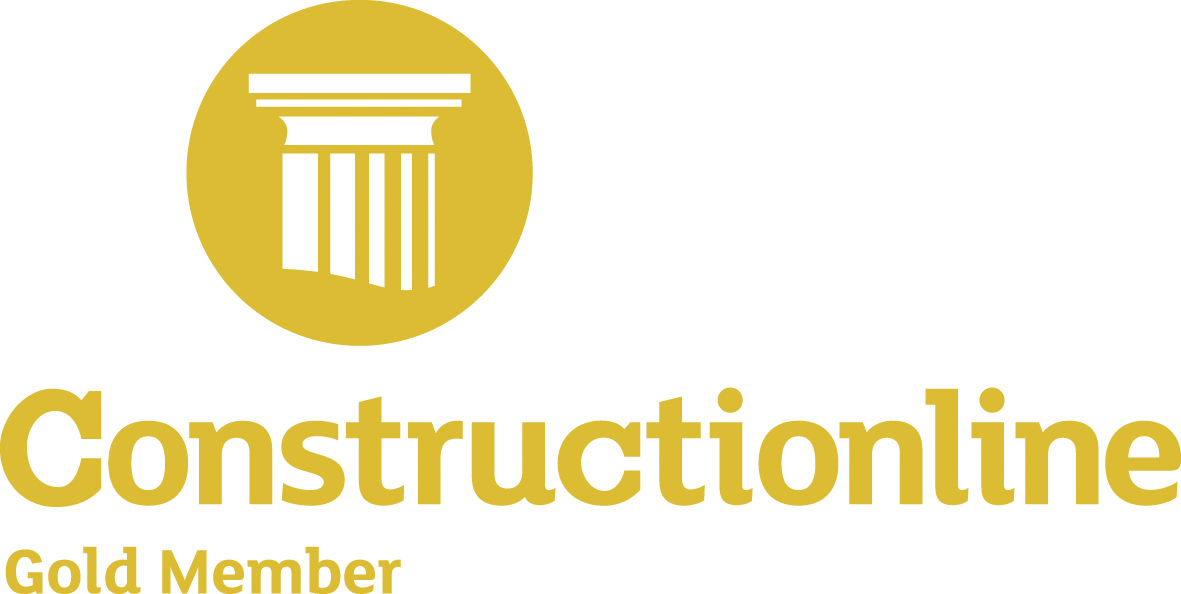






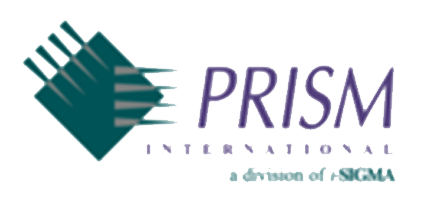

SpecUp - System Specification Wizard
Answer the 5 short questions below to receive your recommended Durasteel system specifications. Hover over the ? icons for a brief explanation.
Question 1/5
Type of system required?
Question 2/5
Fire rating required?
Question 3/5
Fire integrity-only or integrity and insulation?
Question 4/5
Fire attack risk from one side or both sides of the system?
Question 5/5
Blast rating required in addition to fire rating?
Creating your results page
Thanks for completing the SpecUp, you’ll be redirected to your results shortly.
Click here if you aren't redirected after a few secondsStart your project
Tell us about your project. Please complete this form. One of our sales team will come back to you with more details. If you prefer, you can drop us an email.
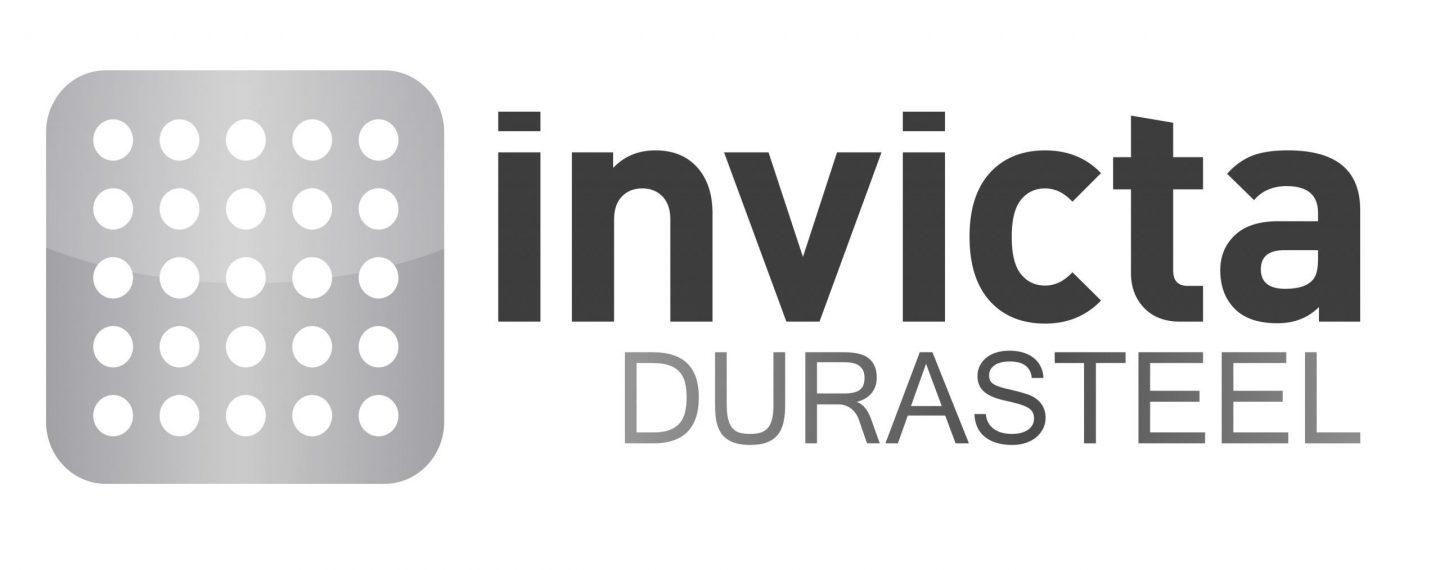

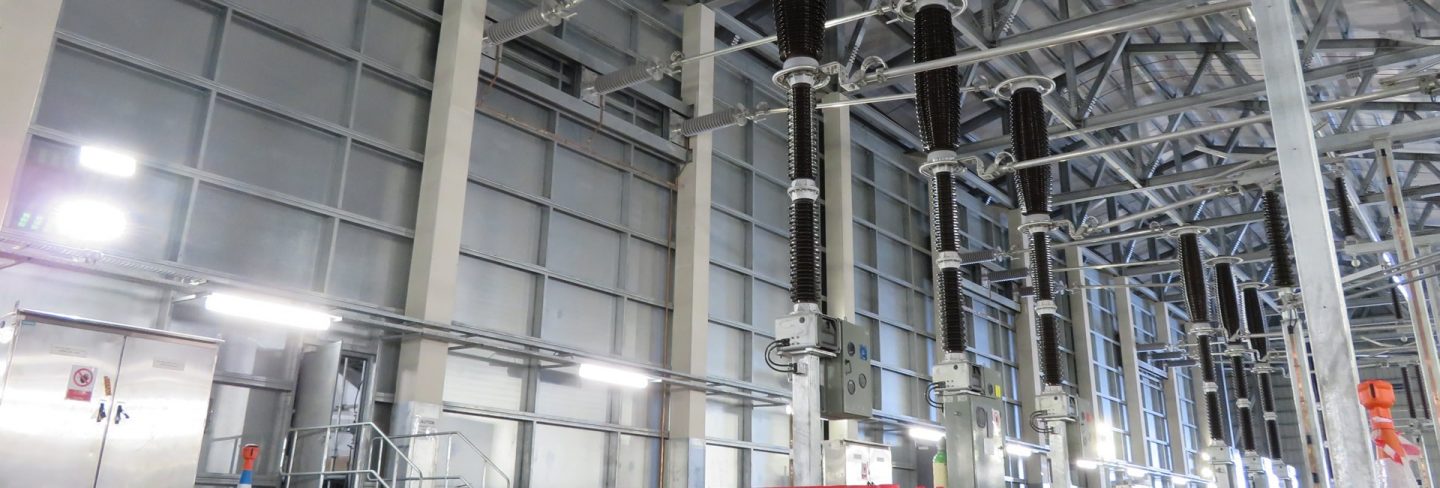
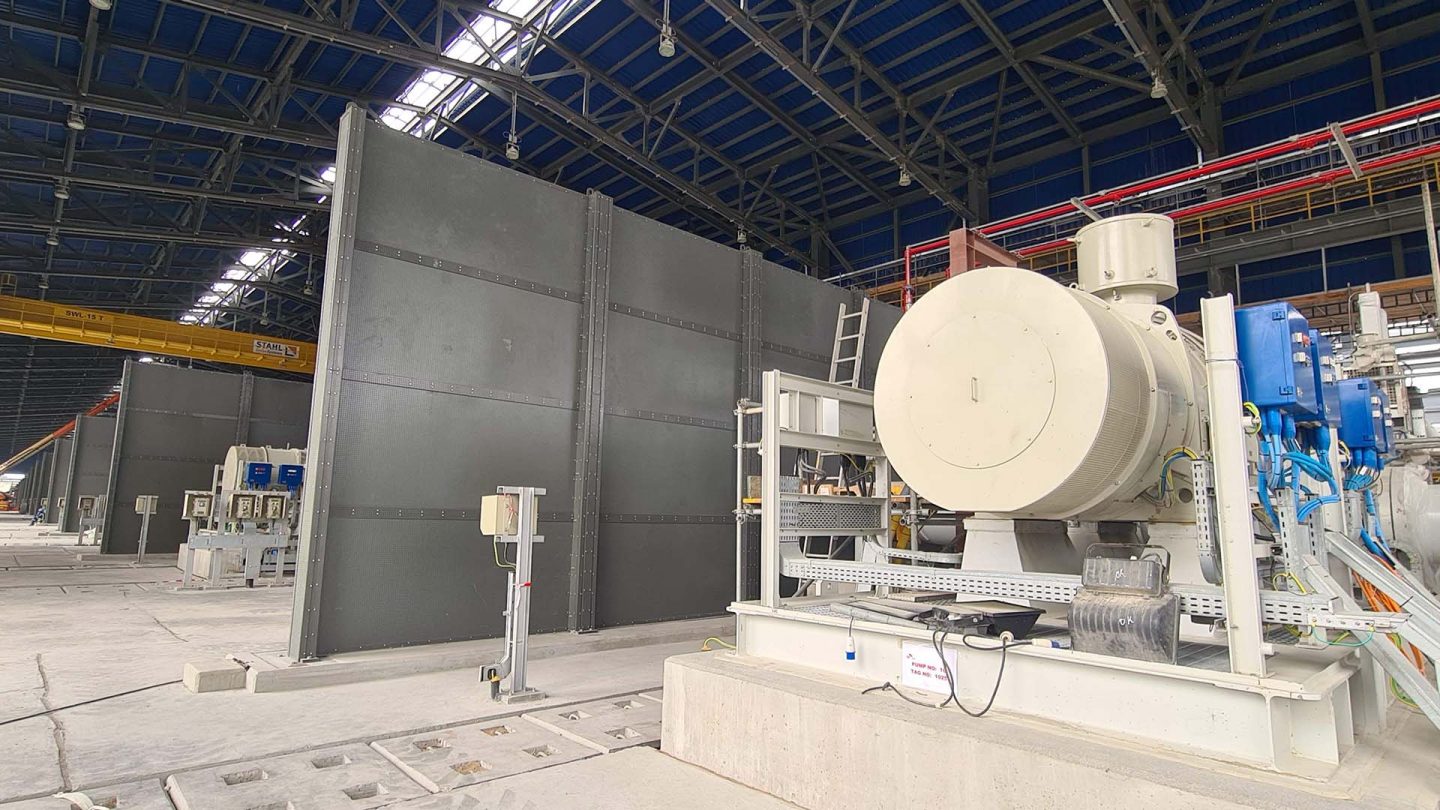
Share/Like this page